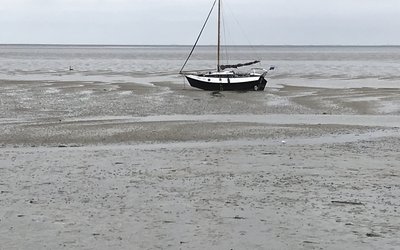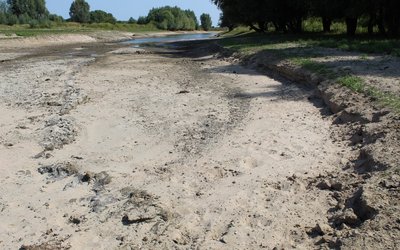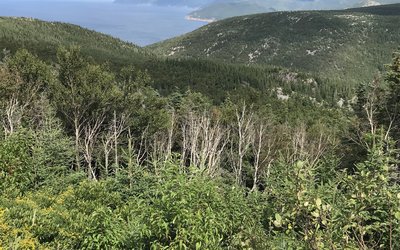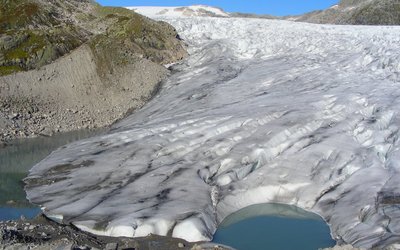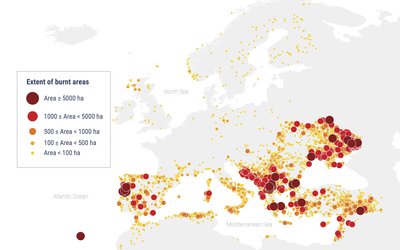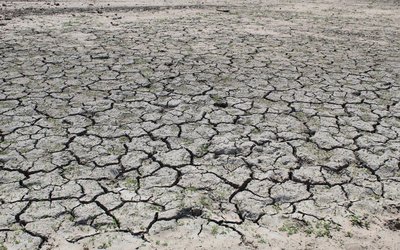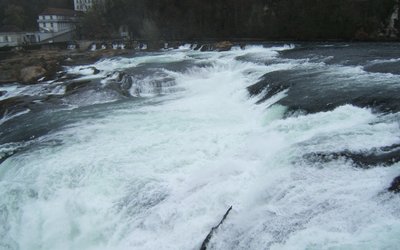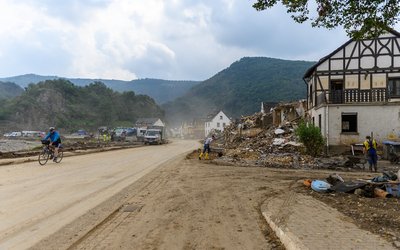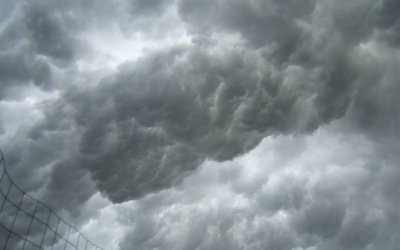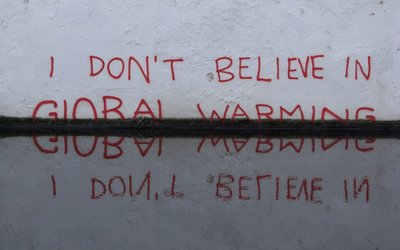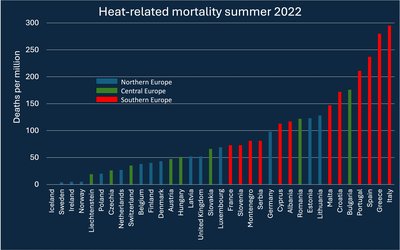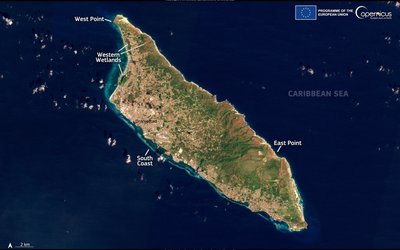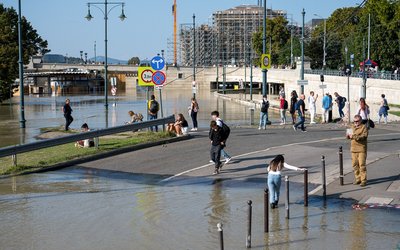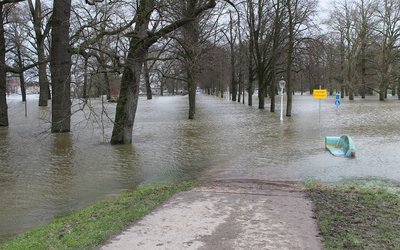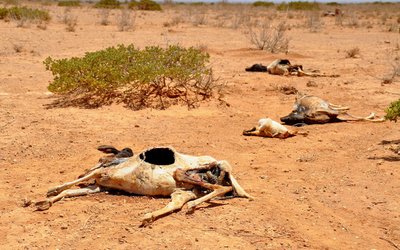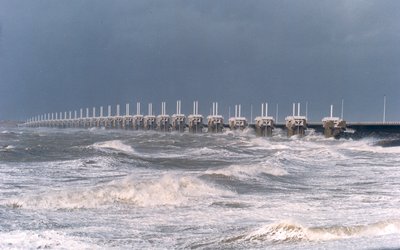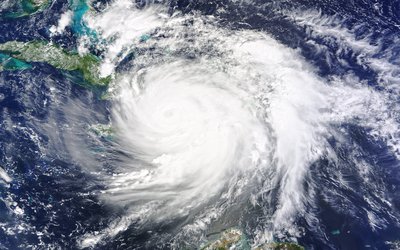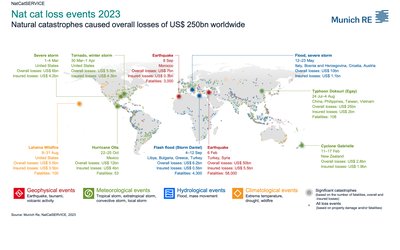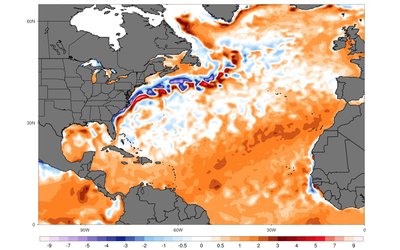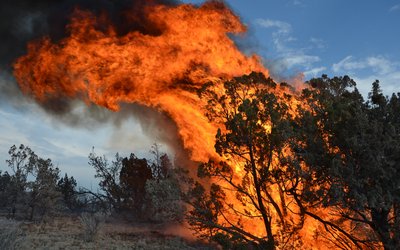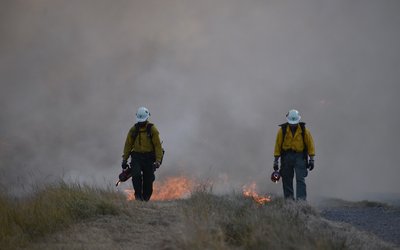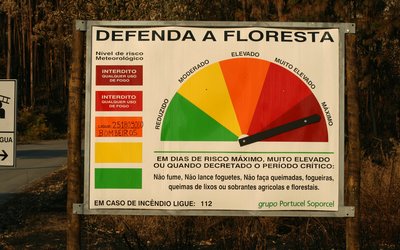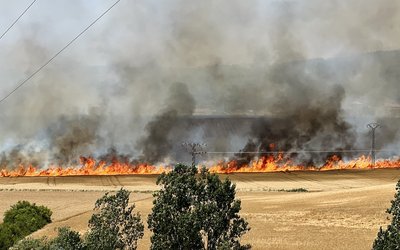Extreme temperatures, the new normal? What do we know so far?
Heat extremes are increasing and that trend will continue throughout this century. The impact on our health could be significant, but we can do something about it. Some of our key findings.
Climate change
Droughts and desertification
Flash floods and urban flooding
Health
River floods
Security and crisis management
Storms
Wildfires
Europe in a changing climate
All about climate change, vulnerabilities, impacts and adaption. The latest news for every European country you'll find below.
- 🇦🇱 Albania
- 🇦🇹 Austria
- 🇧🇾 Belarus
- 🇧🇪 Belgium
- 🇧🇦 Bosnia
- 🇧🇬 Bulgaria
- 🇭🇷 Croatia
- 🇨🇾 Cyprus
- 🇨🇿 Czech Republic
- 🇩🇰 Denmark
- 🇪🇪 Estonia
- 🇫🇮 Finland
- 🇫🇷 France
- 🇩🇪 Germany
- 🇬🇷 Greece
- 🇭🇺 Hungary
- 🇮🇸 Iceland
- 🇮🇪 Ireland
- 🇮🇹 Italy
- 🇱🇻 Latvia
- 🇱🇹 Lithuania
- 🇱🇺 Luxembourg
- 🇲🇹 Malta
- 🇲🇩 Moldova
- 🇲🇪 Montenegro
- 🇳🇱 Netherlands
- 🇲🇰 North Macedonia
- 🇳🇴 Norway
- 🇵🇱 Poland
- 🇵🇹 Portugal
- 🇷🇴 Romania
- 🇷🇺 Russia
- 🇷🇸 Serbia
- 🇸🇰 Slovakia
- 🇸🇮 Slovenia
- 🇪🇸 Spain
- 🇸🇪 Sweden
- 🇨🇭 Switzerland
- 🇹🇷 Turkey
- 🇺🇦 Ukraine
- 🇬🇧 United Kingdom
Europe's impacts in infographics
Heat waves new
Biodiversity
Infrastructure and buildings
Agriculture Part 1 Global
Agriculture Part 2 Europe
Agriculture Part 3 Countries
Biodiversity Part 2: Marine
Droughts
Precipitation
Cultural-historical heritage
River floods
Agriculture Part 4 Adaptation
Avalanches, landslides and rockfall
Biodiversity Part 1: Overview
Biodiversity Part 3: fresh water
Security
Transport
Summer tourism
Biodiversity Part 4: terrestrial
Coastal erosion
Flash floods
Coastal floods
Viniculture
Fisheries
Winter sport
Forestry Part 1: Overview
Forestry Part 2: Biodiversity
Forestry Part 3: Biomass
Forestry Part 4: Water flows
Wildfires
Fresh water Part 1: Overview
Fresh water Part 2: Regions
Fresh water Part 3: Adaptation
Energy
Urban flooding
Heat waves
Health
Peatlands


